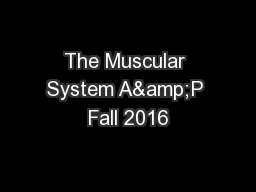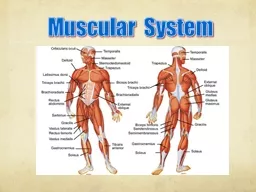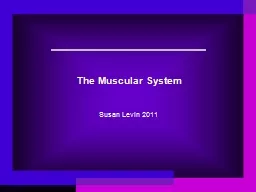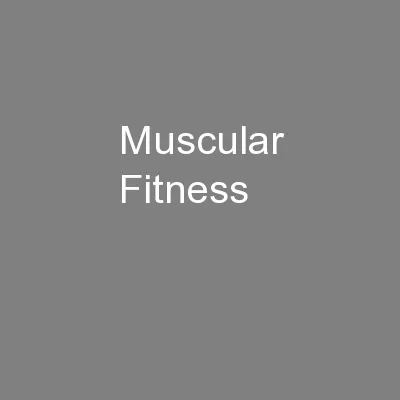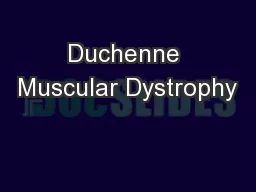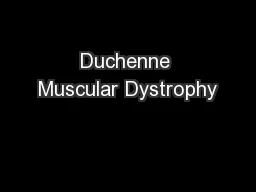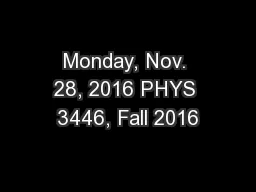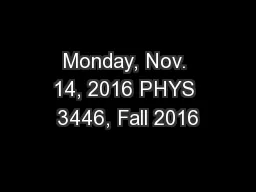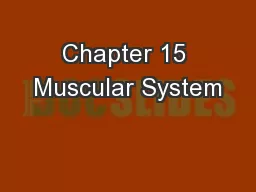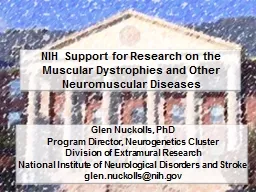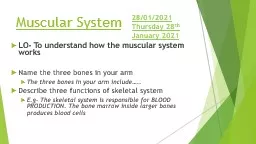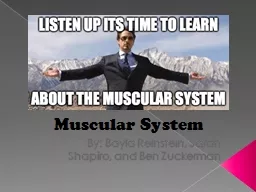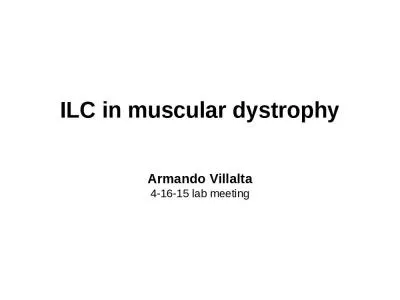PPT-The Muscular System A&P Fall 2016
Author : ellena-manuel | Published Date : 2018-11-18
IV Muscle Movements Types and Names Type of Body Movements Muscles connect to bones at no less than 2 points Origin attached to an immovable or less movable bone
Presentation Embed Code
Download Presentation
Download Presentation The PPT/PDF document "The Muscular System A&P Fall 2016" is the property of its rightful owner. Permission is granted to download and print the materials on this website for personal, non-commercial use only, and to display it on your personal computer provided you do not modify the materials and that you retain all copyright notices contained in the materials. By downloading content from our website, you accept the terms of this agreement.
The Muscular System A&P Fall 2016: Transcript
Download Rules Of Document
"The Muscular System A&P Fall 2016"The content belongs to its owner. You may download and print it for personal use, without modification, and keep all copyright notices. By downloading, you agree to these terms.
Related Documents

